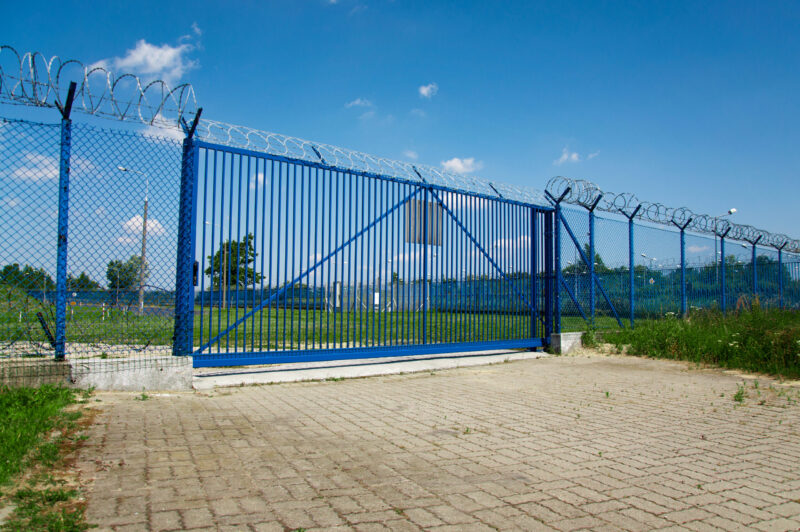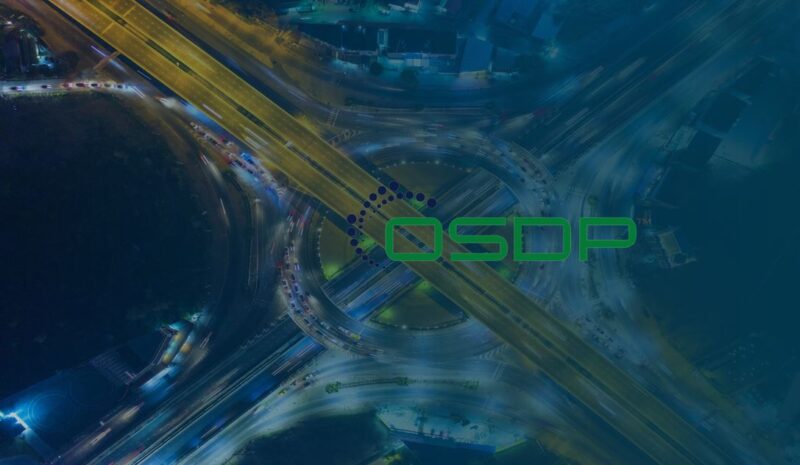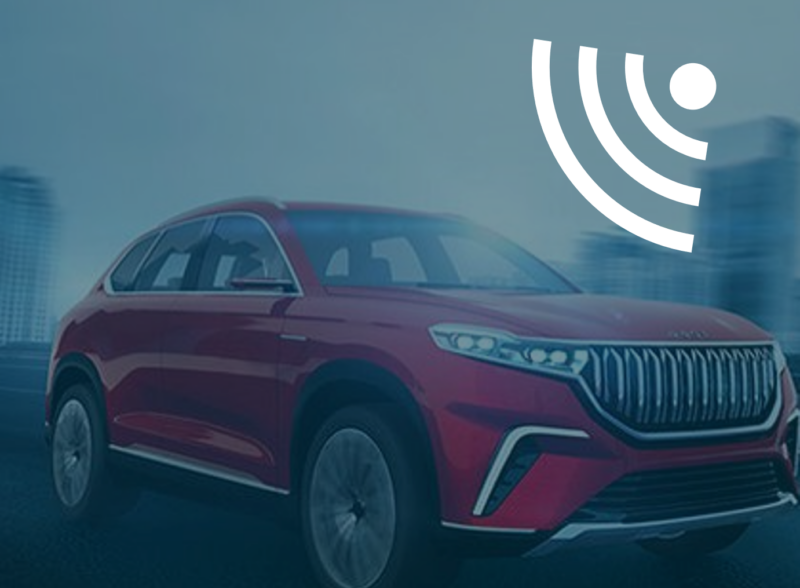Low frequency, high frequency, ultra-high frequency, microwave… when you dive into RFID tags you come across these terms everywhere. But what exactly do they mean? What features do they have and what fits best to your company’s needs? Understanding the frequencies with its specific characteristics at which RFID systems operate will help you to determine which automatic vehicle identification solution may be suitable for your application.
RFID Frequencies
RFID is an acronym for radio-frequency identification. It is a technology where data encoded in smartcards or tags is captured by a reader via radio waves. RFID tags and readers have to be tuned to the same frequency in order to communicate. When a company is choosing a RFID tag, the operating frequency is an important factor to take into consideration.
Four primary frequency ranges are allocated by global government authorities for use by RFID systems:
- Low frequency (LF)
- High frequency (HF)
- Ultra-high frequency (UHF)
- Microwave frequency (microwave)
To find out which RFID frequency can be relevant for your automatic vehicle identification system, you need to take a closer look at the characteristics of the frequencies.
Low frequency (LF) 120 – 125 kHz
LF is a proximity technology based upon inductive electromagnetic coupling. This technology is decreasing in popularity, because it is seen as an older technology. The applications are typically found in access control, industrial automation and animal identification.
Typical characteristics:
- Short read range: up to 10 cm with passive tags;
- Reading through objects, except through metal;
- Highly reliable identification;
- Low security;
- Limited storage capacity;
Nedap’s multi-technology reader NVITE is relevant for identification of drivers/visitors and reads many LF proximity cards, such as Nedap NeXS, HID-PROX, AWID-LF, EM4200. The short read range makes the low frequency RFID technology less suitable for vehicle identification because the manual handlings reduce the vehicle throughput.
If you want to use LF for identification of vehicles, we advise you to use Nedap’s Prox-Booster with which you can extend the read range of LF proximity cards to 10 meter in combination with Nedap’s TRANSIT Ultimate reader. The 10 meter long read range is convenient for vehicle access, while the same card can also still be used for personal access inside the building.
High frequency (HF): 13.56 MHz
HF is a proven high secure technology used in many contactless smartcards. Especially the most recent generation smartcards provide very high security levels using advanced encryption techniques for authentication and data protection. The applications are found in access control, electronic payment, public transport and more.
Typical characteristics:
- Short read range: up to 10 cm with passive tags;
- Reading through objects, except through metal;
- High security;
- Large storage capacity and high speed data transfer;
- Based upon ISO standards;
Nedap’s NVITE reader supports reading many contactless smartcards such as NXP MIFARE, HID iCLASS, LEGIC. The short read range is especially suitable for personal identification. Do you want to use it for identifying vehicles from a long distance? Nedap’s Smartcard-Booster is the perfect solution. This allows you to extend the read range of many smartcards up to 10 meters in combination with Nedap’s TRANSIT Ultimate reader.
Ultra-high frequency (UHF): 800 – 900 MHz
The UHF technology enables low-cost passive tags with a long read range. Original development pushed by large retail companies. The EPC Gen2 open standard is officially published in ISO18000-6C and promoted by the RAIN RFID Alliance. Typical applications include vehicle access control, retail, logistics and inventory management.
Typical characteristics:
- Long read range: up to 10 meter with passive tags;
- Read multiple tags;
- Low price;
- Operating frequency not harmonized worldwide;
- Limited security *
*The latest update in the standard (EPC Gen2 V2) introduces a secure authentication function which is an important addition to improve the security level and protect against tag cloning.
Examples of UHF frequency tags: Nedap uPASS, EPC Gen2, RAIN RFID.
The long read range and low tag price makes UHF RFID a popular choice for vehicle identification applications where convenience is more important than a very high level of security. The used ultra-high frequencies are affected by external factors. Water (and human bodies) absorb the signal while metal reflects. The reflections may cause a non-uniform detection area.
Nedap offers a portfolio of UHF RFID readers and tags that provide convenient yet secure access control in e.g. parking facilities, gated communities and campuses. Find out more about Nedap’s UHF RFID solutions: uPASS Target, uPASS Reach and uPASS Access.
Microwave frequencies: 2.45 GHz
Microwave frequencies are relevant for long-range identification in combination with semi-active tags. The proprietary technology ensures high identification speeds and high security. Internationally harmonized operating frequency also used for Wifi and Bluetooth.
Typical characteristics:
- Long read range: up to 10 meter with semi-active tags;
- Robust and reliable identification;
- High speed identification: up to 200 km/h;
- High security;
- Higher tag price when compared to UHF;
Example of microwave RFID reader: Nedap’s TRANSIT Ultimate.
The long read range, high speed and high security level makes microwave RFID a perfect choice for many vehicle and driver identification applications, especially in challenging situations and under harsh environmental conditions. In combination with Nedap’s TRANSIT Ultimate reader is microwave the right solution to identify both vehicles and drivers. With an read range up to 10 meters, features for tag authentication and bi-directional communication between readers and tags, this advanced reader offers the highest level of security and convenience.
Advise and support
If you have any questions regarding frequencies or if you would like to be advised which RFID tags you should use, please contact us. Nedap is for more than 30 years expert in the field of automatic vehicle identification. With our outstanding expertise in RFID technology, we developed an extensive portfolio with high performance long-range RFID and License Plate Recognition solutions.
Want to know more about RFID in vehicle access control? Read our insight about RFID or contact us.


